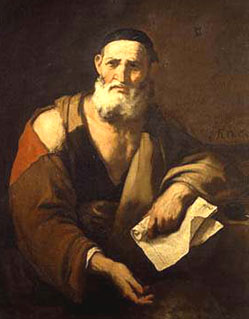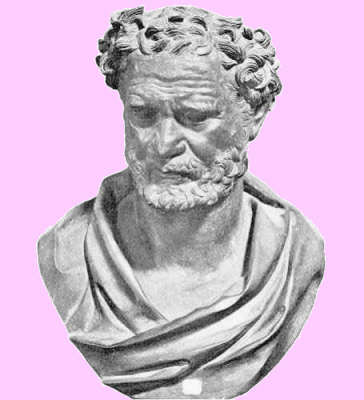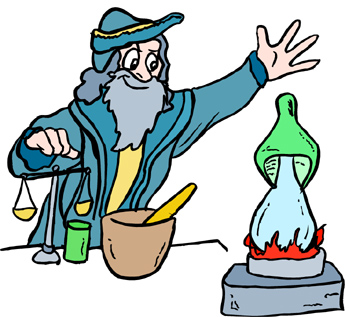|

Leucippus |
|

Democritus |
 |
Leucippus
of Milet (480-420 BC) and his pupil
Democritus of
Abdere (460-370 BC) proposed an atomic
basis of matter,
believing that all matter is built up from tiny particles differing in size
and shape. The word atom comes from the Greek, “a-tomos” and means
indivisible.
An atom is small, indivisible, solid, eternal and surrounded by empty space.
This group of thought was referred to as the
Atomist Theory.
The theory lay forgotten for centuries as the theory of four elements of
Empedocles dominated scientific thought. The four elements theory led much
of scientific thought in the wrong direction. However, note that Plato was
somewhat of an atomist with triangles as the basic particle.
In the
Middle Ages
a new type of approach was created to try and explain the make up of
materials. Alchemy
was born to learn how to change metals of little value into metals with value
like gold and silver. The greed of rulers, during the Middle Ages helped fund
these endeavors. Almost every king and queen had their own alchemist. In
spite of their beliefs, alchemists
developed techniques on observation, experimentation, measurement and
classification of the elements. Alchemy was the precursor of the study of
modern chemistry.
|